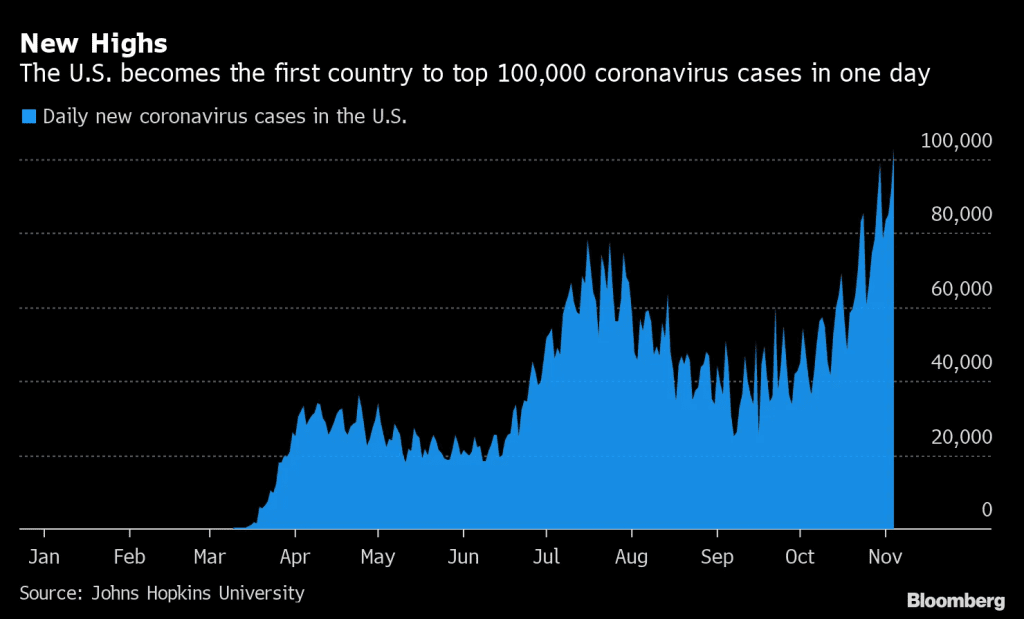Just when many people thought COVID-19 had finally faded into history, a new surge in cases is setting off alarms among health officials. It’s tempting to leave masks and testing in the rearview mirror, but the virus isn’t done with us yet. In fact, recent data shows that cases have more than doubled since January — and that’s something worth paying attention to.
If you’ve noticed more sniffles and sore throats around you lately, you’re not imagining it. A new wave of COVID is quietly picking up momentum, especially in the UK, and health experts are sounding the alarm before it spirals into something worse. So what’s really happening, and should we be worried?
The Latest Data: Numbers Tell a Growing Story

Let’s start with the facts. According to the UK Health Security Agency (UKHSA), the COVID “positivity rate” — which measures the percentage of people testing positive — rose from 4.2% to 4.5% in just one week, ending on April 6. That might not sound like much, but it represents a 7% increase in hospital patients testing positive for COVID in England.
To give that context, back in early January, the positivity rate was only 2.2%, the lowest it had been in over two years. That meant just 1 in 330 people were infected. Fast forward to now, and the rate has more than doubled — a clear sign the virus is spreading more rapidly again.
Why the Numbers Are Rising Again
So what’s behind this unexpected comeback? Several factors are playing a role:
- Waning immunity from previous vaccines and infections
- Emergence of new variants that may partially evade existing immunity
- Seasonal behavior changes — people are spending more time indoors, especially in cooler climates
- Lower vigilance — fewer people are testing, masking, or isolating when sick
Dr. Wylie, a leading virologist, emphasizes that although we’re unlikely to see another 2020-style disaster, certain groups remain vulnerable — especially those who haven’t had a recent booster or infection. That group is more likely to catch and spread the new variants quietly.
The Role of Spring Vaccinations
Vaccines remain a powerful tool in fighting off serious illness from COVID. The UK’s spring vaccination program, which began on April 1 and runs through June 17, targets around 7.5 million people eligible for the booster.
Video : New COVID-19 variant causes cases to double, CDC says
This includes:
- Individuals aged 75 and older
- Residents of elderly care facilities
- Those aged 6 months to 74 years with weakened immune systems
You don’t need to wait for your birthday either. If you turn 75 by June 17, 2025, you’re eligible now.
According to UKHSA data, people who received a spring booster had over 40% lower risk of hospitalization from COVID compared to those who didn’t. That’s a big difference — especially for high-risk groups.
Common Symptoms to Watch Out For
The current symptoms linked to the new COVID wave are fairly familiar, though a bit milder for many:
- Sore throat
- Cough
- Nasal congestion
- Fatigue
- Occasional fever
- Loss of taste or smell (less common now)
It’s easy to confuse COVID with a regular cold or even seasonal allergies, which makes it all the more important to test if you’re not feeling well — especially if you’re around people who are at higher risk.
Why This Wave Feels Different — And Dangerous
One of the biggest challenges right now is complacency. People are no longer treating COVID like a threat, and in many ways, that’s understandable. We’ve endured years of lockdowns, anxiety, and disruption. But pretending the virus is gone doesn’t make it so.

British health officials are warning citizens not to let their guard down. While the current infection rate is still about 25% of last summer’s peak, it’s climbing fast. And if this wave continues unchecked, it could hit vulnerable populations hard — especially the elderly and immunocompromised.
Protecting Yourself and Others: What You Can Do Now
Here’s what health experts recommend if you want to stay safe and help slow the spread:
- Get your booster if eligible — it’s the best way to protect yourself from severe illness
- Test when symptoms appear — don’t assume it’s just a cold
- Avoid indoor crowds when sick or exposed
- Wash hands regularly, especially in public places
- Mask up in high-risk environments like hospitals or crowded indoor spaces
These aren’t groundbreaking suggestions, but they still work. And right now, every little bit counts.
The Bigger Picture: Living With COVID Long-Term
We’re entering a new phase of the pandemic — one where COVID may never fully disappear but becomes something we manage seasonally, like the flu. That means adjusting our expectations and staying ready to respond when cases surge, just like they’re doing now.
Video : What can people do to protect themselves and others from getting the new coronavirus?
Boosters, smart behaviors, and up-to-date information will continue to be our best defense. But most importantly, we need to remember that the virus still poses a real threat to millions of people. Ignoring it won’t make it go away.
Conclusion: Stay Informed, Stay Protected
The latest COVID wave is a reminder that the virus isn’t done with us. While we may not see another full-blown pandemic, the risk is far from over — especially for those who skip their boosters or ignore early symptoms.
Health officials are raising the red flag now so we can take action before things get worse. So let’s not repeat old mistakes. If you’re eligible, get boosted. Stay alert. Stay safe. And don’t be afraid to speak up when you feel something’s not right.
Because the best way to fight COVID today isn’t with fear — it’s with awareness and action.




